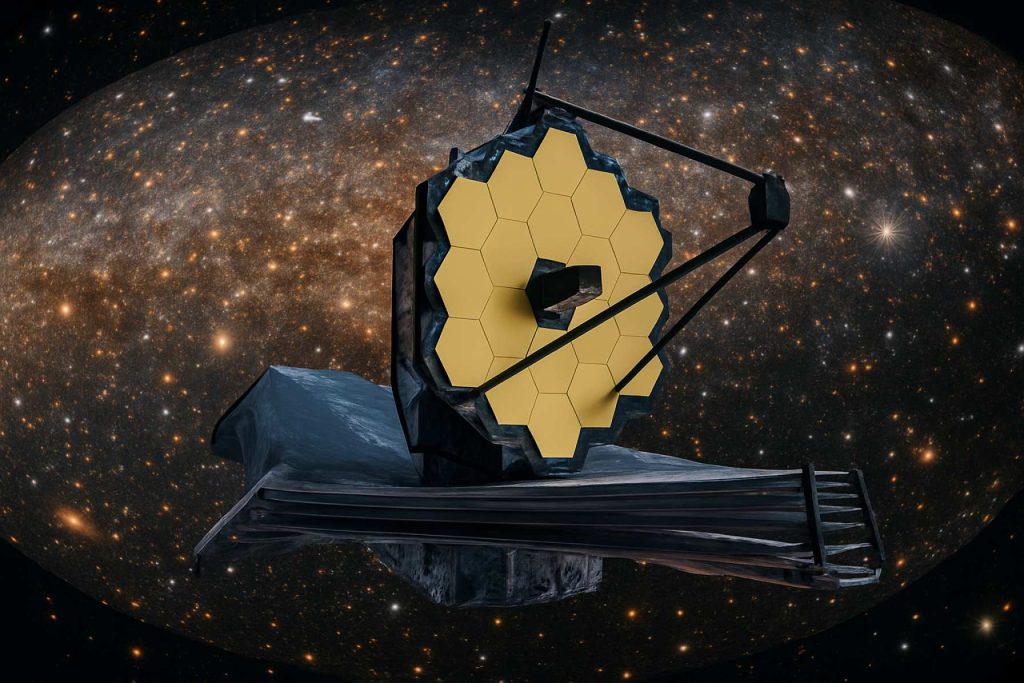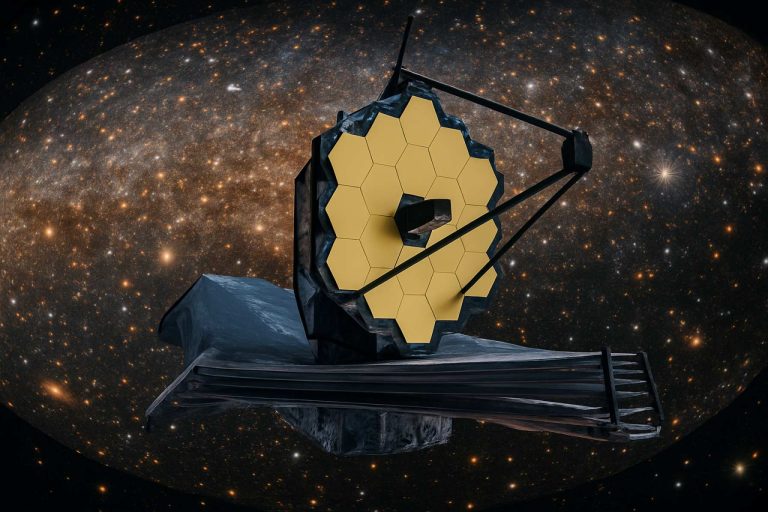
Cosmic Secrets Unlocked: James Webb Space Telescope Maps Nearly 800,000 Ancient Galaxies in Groundbreaking Survey
Astronomers unveil the largest, most detailed image of the early universe ever assembled. Discover how the JWST is rewriting cosmic history.
- 800,000+ galaxies detected, the most ever mapped in a single survey
- 10,000 JWST exposures stitched together for this cosmic panorama
- Widest view so far: Area equal to three full moons side-by-side
- 50+ scientists from around the globe collaborated for this project
The universe just got a whole lot bigger in our eyes, thanks to NASA’s James Webb Space Telescope (JWST). In a history-making breakthrough, astronomers have revealed the largest ever map of the early cosmos, a sparkling tapestry that lets anyone—professional or amateur—gaze deep into space and time.
Dubbed COSMOS-Web, this ambitious project offered Webb’s widest-angle snapshot yet: a patch of sky as wide as three full moons. Over 10,000 dizzying exposures were meticulously stitched together, unveiling nearly 800,000 galaxies—many dating back over 13 billion years, into the mysterious era known as Cosmic Dawn.
What Makes the New JWST Map So Revolutionary?
Unlike earlier deep-sky surveys, which homed in on tiny regions, COSMOS-Web went for breadth. By capturing a panoramic view instead of a pencil-thin slice, researchers uncovered 10 times more primeval galaxies than even the most optimistic predictions.
The unprecedented detail is not just for show. The European Space Agency and an international squad of scientists packed the public data release with a treasure trove: a free, interactive catalog documenting the mass, brightness, and even shapes of hundreds of thousands of galaxies.
How Did Astronomers Use the Data to Dive Deeper into Cosmic History?
The mega-survey isn’t just a pretty picture—it’s a time machine. By examining galaxies at various distances, scientists are piecing together how galactic giants grew, collided, and lit up the early universe. The team’s analyses stretch all the way from the present day back to 13 billion years ago, shining fresh light on cosmic milestones.
Crucially, COSMOS-Web is helping answer one of astronomy’s toughest riddles: how the first galaxies ignited during the ‘Reionization Era’—when new light broke through thick, primordial fog. Researchers are using early galaxies as beacons, measuring the elusive “reionization bubbles” that transformed the infant universe from darkness into a glowing web.
What Surprised Researchers About the JWST’s Performance?
The James Webb Space Telescope shattered expectations by revealing galaxies far fainter and farther than planned. Despite grappling with unexpected image artifacts and cosmic noise, scientists managed to clean and align thousands of blurry exposures, achieving crystal clarity never seen before.
Machine learning helped, too. The team piloted cutting-edge algorithms to better estimate galaxy properties and developed a revolutionary method for gauging galaxy brightness—ensuring every photon counted.
Can You Explore the Universe Map for Yourself?
Yes! The COSMOS-Web database invites the public to take an interactive stroll through deep time and space. Anyone, from educators to amateur astronomers, can mine this catalog for their own discoveries—as lead scientist Jeyhan Kartaltepe emphasized, this data is “a cosmic reference library for the ages.”
Dive into the universe’s secrets on the public ESA COSMOS portal, and see what mysteries emerge.
How-To: Explore, Research, or Teach with the JWST’s New Early Universe Map
- Visit the free interactive catalog linked from NASA or ESA’s official portals
- Filter galaxies by age, shape, or brightness
- Read related scientific papers for potential research ideas
- Inspire your classroom or community science club with real cosmic data
Bold discoveries are just a click away: The universe has never felt closer.
Ready to Explore the Cosmos? Here’s Your Take-Action Checklist:
- Bookmark the NASA and ESA portals for the latest Webb updates.
- Share the interactive COSMOS-Web catalog with your science network.
- Stay tuned for even more Webb discoveries as astronomers continue to dig deeper.
- Join skywatching events and public lectures to keep your cosmic curiosity blazing.
Unlock a new era of universe exploration—dive into the JWST’s record-shattering galaxy map now!



